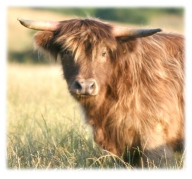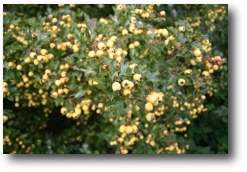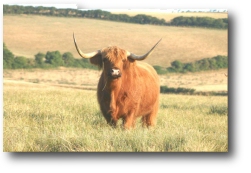I apologise for the late posting of our August/September diary, but our internet connection is currently totally unreliable and has been down for many weeks.
The major and saddest event to record is the death of Bob Wright after a long illness. Bob came to the Island some 20 years ago and soon established himself as one of its rural characters. He became a legend in his own lifetime and, indeed, his death was announced on the Isle of Wight radio. Bob was in at the beginning of Wight Conservation. He helped us buy Rowlands Wood, the first of all our purchases. He then worked in the wood. No work had been done there for a number of years and it had suffered badly from the October 1987 storm. The rides were all blocked, very little daylight was coming onto the forest floor, and there was a dearth of birdlife. He started thinning, coppicing, clearing the rides and creating new ones. He loved the wood and looked after it with great care. He had his own timber yard business adjacent to Rowlands. Working on his own, he produced fencing panels, gates, coppice products, firewood and other goods. All the sheds were built by him with his own hands and to his own design, - as was much of his machinery. His greatest achievement was his fishing pond. Covering about 1.5 acres, it was all planned and dug out by him alone. Over the years it has become a good haven for wildlife. Being half gypsy, Bob possessed many unusual attributes, including the power of healing. Uneducated and almost unable to write, he nevertheless accumulated a vast store of knowledge which was the envy of many. He was able to produce a wonderful turn of phrase which would even have made the great literary scholars envious. Bob became a loyal and great friend. His funeral was symbolic of his lifestyle. In pouring rain, a humanist service was conducted by Macaela Sorenson. It was a most moving occasion. His coffin was placed on two oak logs in the timber yard for the service before it was taken into his wood and buried at the foot of his favourite oak tree. There were about 70 mourners from all walks of life, most of who came in gumboots! I will miss him. The FarmOn the farm the two major events were the NFU dinner held in our barns and our heifer, Lucy of Mottistone, winning the Female and Overall Highland Championship at the Edenbridge and Oxsted Agricultural Show. Our thanks to Charlie Maclean for so ably preparing and showing her.
The NFU dinner and farm walk was a successful and well attended occasion. It was a great compliment to our farm that the Union selected it for its venue this year. Hay-making finished, and for the first time we made all our own. Due to machinery costs, it was more expensive than employing a contractor but we had the great advantage of independence. We made it when the conditions were right. The fine weather meant that we were able to mow, turn, bale and cart in quick succession. We had a good crop. BirdsMichael and Daphne Watson from Niton, both experienced ornithologists, kindly volunteered to carry out a base count of the bird population at Rew Farm which we purchased in January. In their September walk, they experienced a once in a life time phenomenon as they witnessed a massive outward migration of hirundines. Their report and photographs follow: As we reached the top of the farmhouse garden and looked up at the Copse we could see hirundines in hundreds, quite possibly thousands, swirling and feeding and gradually drifting southwards. This is true visible migration, and very spectacular to watch. Mainly swallows, with house martins mostly passing higher, though there were swirls of house martins across the grass at times. Occasionally we picked out the brown plumage and breast band of a sand martin.
Cattle and wildlife photos courtesy of Mike & Daphne Watson Previous Months: September October November December January February March April May June/July | ||||||||||||||||





